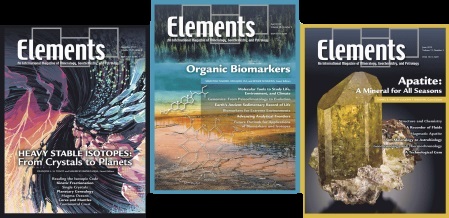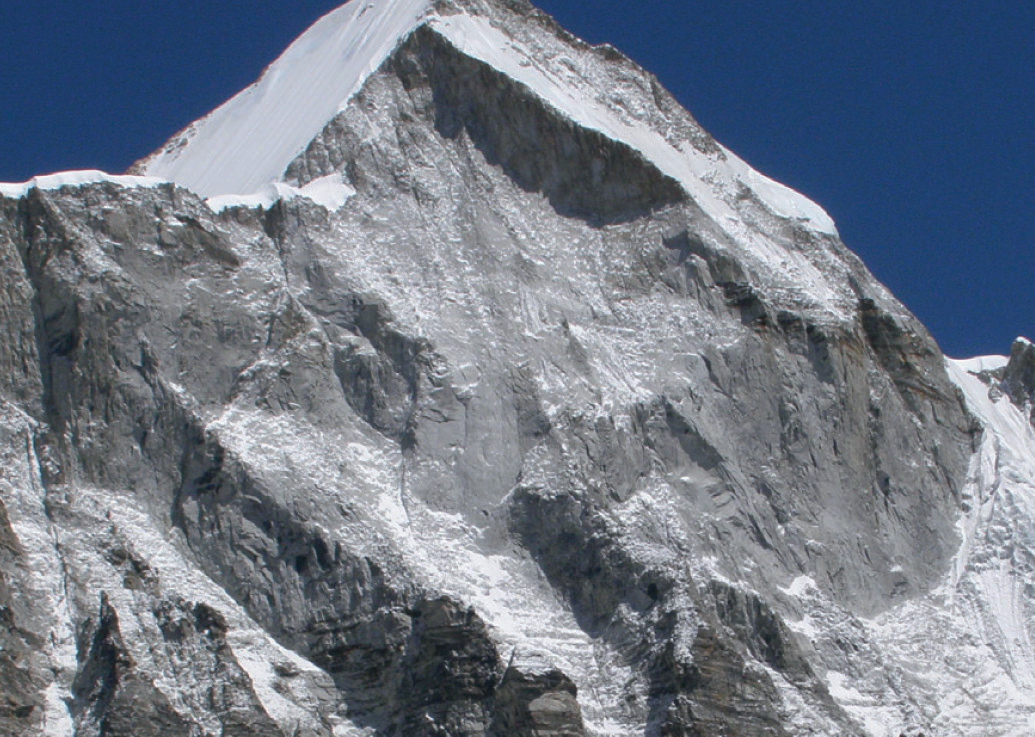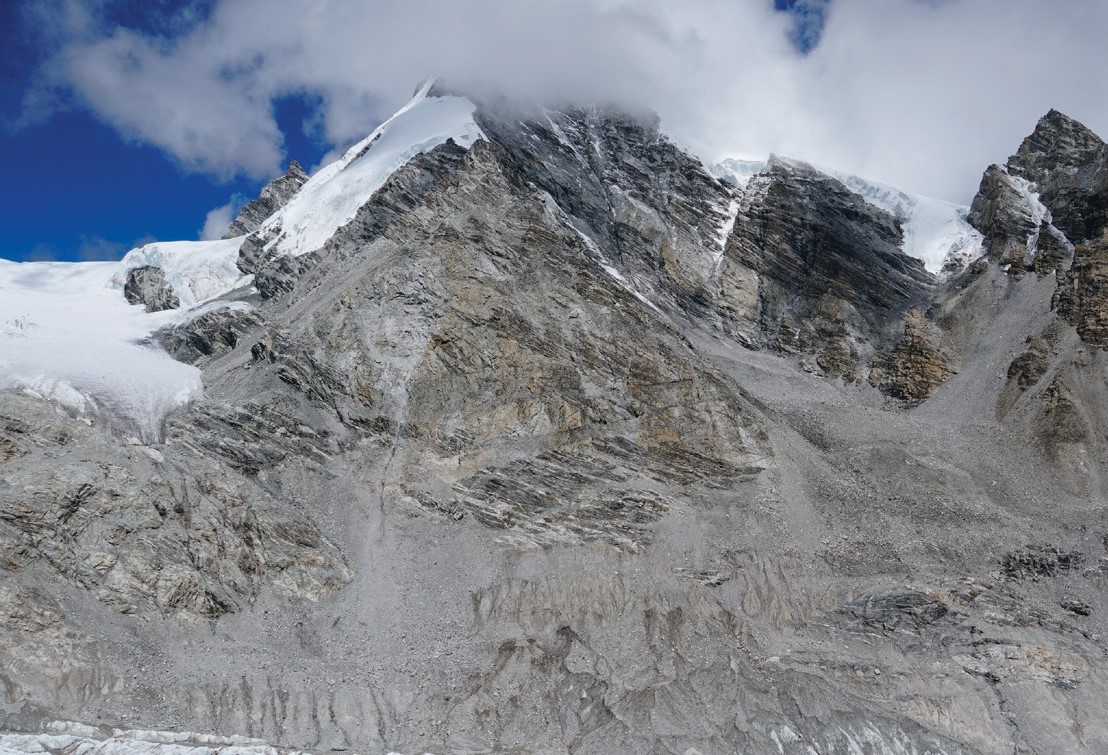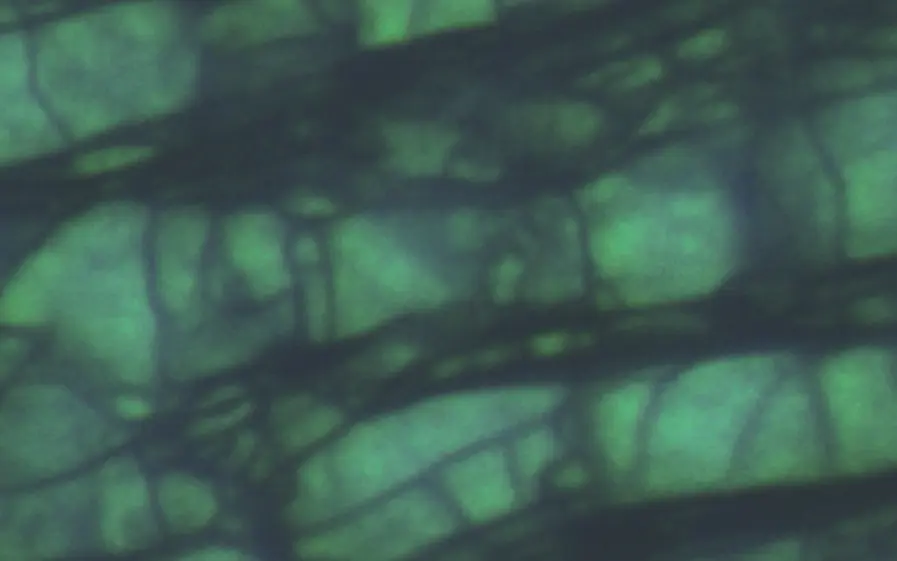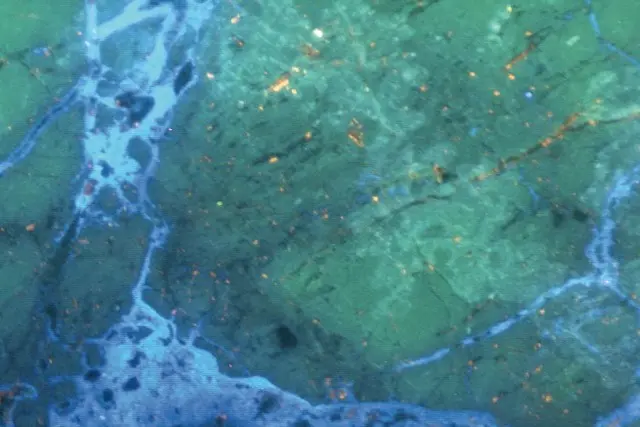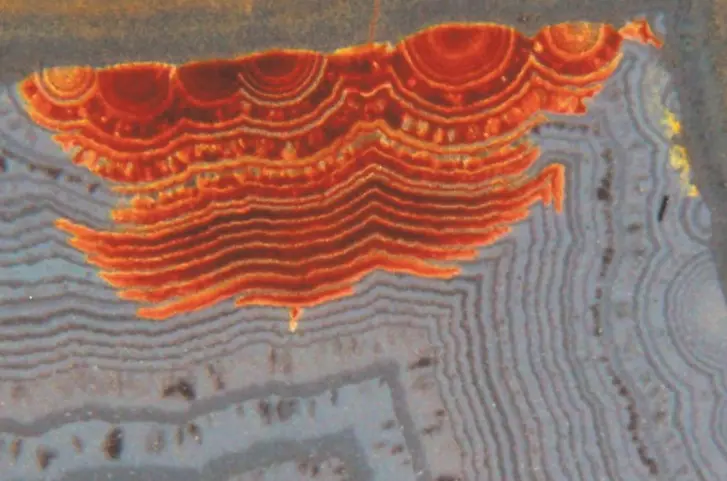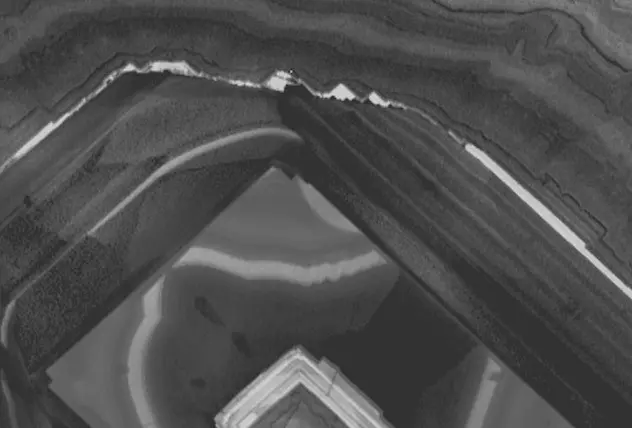Himalayan Leucogranites: An Experimental Petrology Perspective
The High Himalayan leucogranites (HHL) are produced by muscovite breakdown of a metapelitic source, at temperatures below 800°C, with initial melt water contents of ~5–7 wt.%. The tourmaline-rich HHL variety is colder, possibly a fractionation product of the hotter two-mica HHL. HHL lack restites such as iron-rich garnet, which, when present, is Mn-rich, signaling fractionation processes. The low redox state of HHL mirrors that of their graphite-bearing source, yet there is evidence of a significant increase in fO2 during crystallization of some HHL. Their relationships with regional deformation call for late emplacement of the main bodies, which must have cooled at 3–4 kb to allow muscovite crystallization, which in turn imposes stringent constraints on unroofing rates of the collisional chain.
Himalayan Leucogranites: An Experimental Petrology Perspective Read More »

